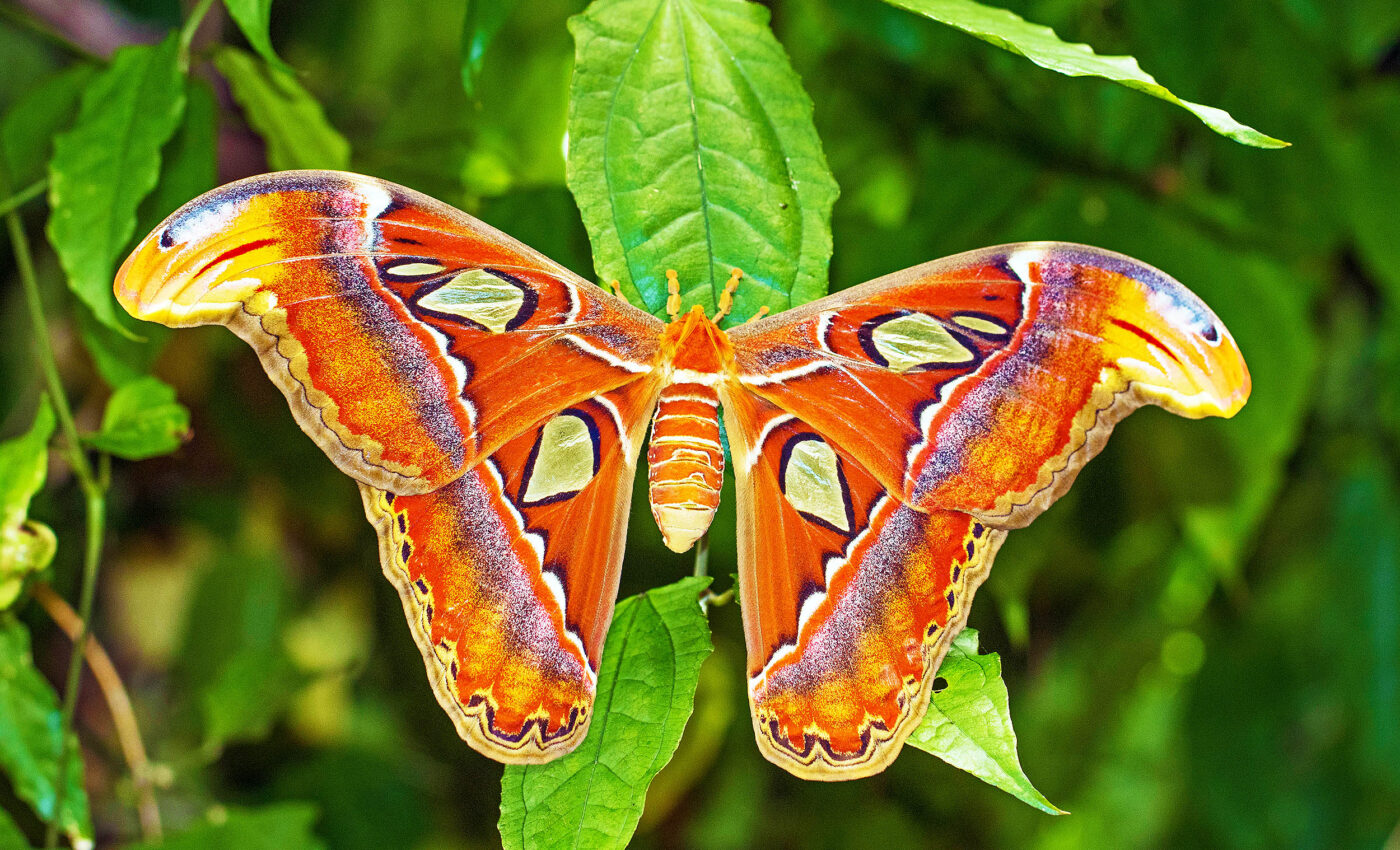
Why insects seem to be attracted to light has long been a mystery
For years, the enigmatic draw of flying insects to artificial light sources has puzzled both scientists and poets alike.
The common belief that these creatures are simply attracted to the brightness of lights, like moths to a flame, has been challenged by recent research.
This study, conducted by the Department of Bioengineering at Imperial College London, sheds new light on the phenomenon, proposing that artificial lights at night disrupt the insects’ innate navigational systems rather than attracting them.
Insects and light: Debunking myths with science
Phototaxis, or the movement of organisms in response to light, has been a subject of interest among researchers for decades.
Various theories have been proposed to explain why nocturnal insects are so often found spiraling around artificial luminescence, ranging from mistaking these lights for gaps in foliage to using them as navigational aids.
Some have even suggested that insects are drawn to the warmth of the lights or become disoriented by their brightness.
Navigational disruption over attraction
The research, led by Dr. Samuel Fabian from Imperial College London, introduces a new theory. He posits that flying insects are not attracted to artificial light but become disoriented, mistaking it for the sky.
This confusion leads to erratic flight patterns and, ultimately, collisions with the light source.
Dr. Fabian explains, “We wanted to understand why insects seem unable to resist flying into and around potentially fatal light sources. Answering this question could help us get a better grip on humans’ impact on insects and the wider natural world.”
Innovative computer models
Utilizing advanced techniques such as stereo-videography in Costa Rica and high-resolution motion capture and computer analyses in laboratory settings, the researchers were able to reconstruct the 3D movements of insects’ flight around artificial luminescence.
Their findings contradicted the prevailing belief that insects are attracted to light from afar. Instead, insects only become trapped if they venture close to an artificial light source.
At a certain distance, their natural inclination to turn their dorsum (top) towards the light — a behavior beneficial under natural lighting conditions — results in their entrapment.
“Flying animals need a reliable way to determine their orientation, especially relative to the direction of gravity. With help from new technologies that enable us to track the movements of tiny insects in difficult and dark conditions, we were able to understand how these insects behave around different light sources,” Dr. Fabian said.
Unnatural insect behaviors: Light-induced confusion
The study observed three distinct behaviors in insects around artificial luminescence: orbiting, stalling, and inversion.
These behaviors suggest that the insects continually attempt to orient themselves by directing their dorsal axis towards the light, a strategy that fails under artificial conditions, leading to crashes.
In laboratory experiments with various insect species, including dragonflies, moths, and hawkmoths, the researchers discovered that artificial lights significantly impair insects’ ability to maintain control over their flight direction.
Computer modeling further supported the theory that this disorientation stems from the insects’ attempts to orient their bodies towards the light.
Rethinking artificial lighting
This research provides the most plausible model for why flying insects are drawn to artificial luminescence, while emphasizing the impact of human-generated light pollution on nocturnal wildlife.
With the proliferation of artificial light sources, such as streetlamps and vehicle headlights, the natural night sky is increasingly obscured, disrupting the natural behaviors of flying insects.
Dr. Fabian stresses the importance of reevaluating our use of artificial light at night, suggesting that measures such as shielding lights and reducing unnecessary outdoor lighting could significantly benefit nocturnal wildlife.
He concludes, “Light at night is pollution, and we need to think of it as such. It may be that simply shrouding and restricting our lights can dramatically improve life for our nocturnal wildlife.”
Implications and future research
In summary, this fascinating research marks a significant step forward in understanding the effects of artificial light on flying insects and highlights the need for further investigation into how distance from light sources affects insects’ behaviors.
Dr. Fabian feels more research is needed, suggesting, “A key next step for this research is to work out how distance changes the effect of lights at night. We know what’s happening at 1 meter from a light, but what’s happening at 100 meters?”
This insight advances our knowledge of insect behavior and prompts a reevaluation of our environmental impact, urging us to consider more wildlife-friendly lighting solutions.
The full study was published in the journal Nature Communications.
—–
Like what you read? Subscribe to our newsletter for engaging articles, exclusive content, and the latest updates.
—–
Check us out on EarthSnap, a free app brought to you by Eric Ralls and Earth.com.
—–













